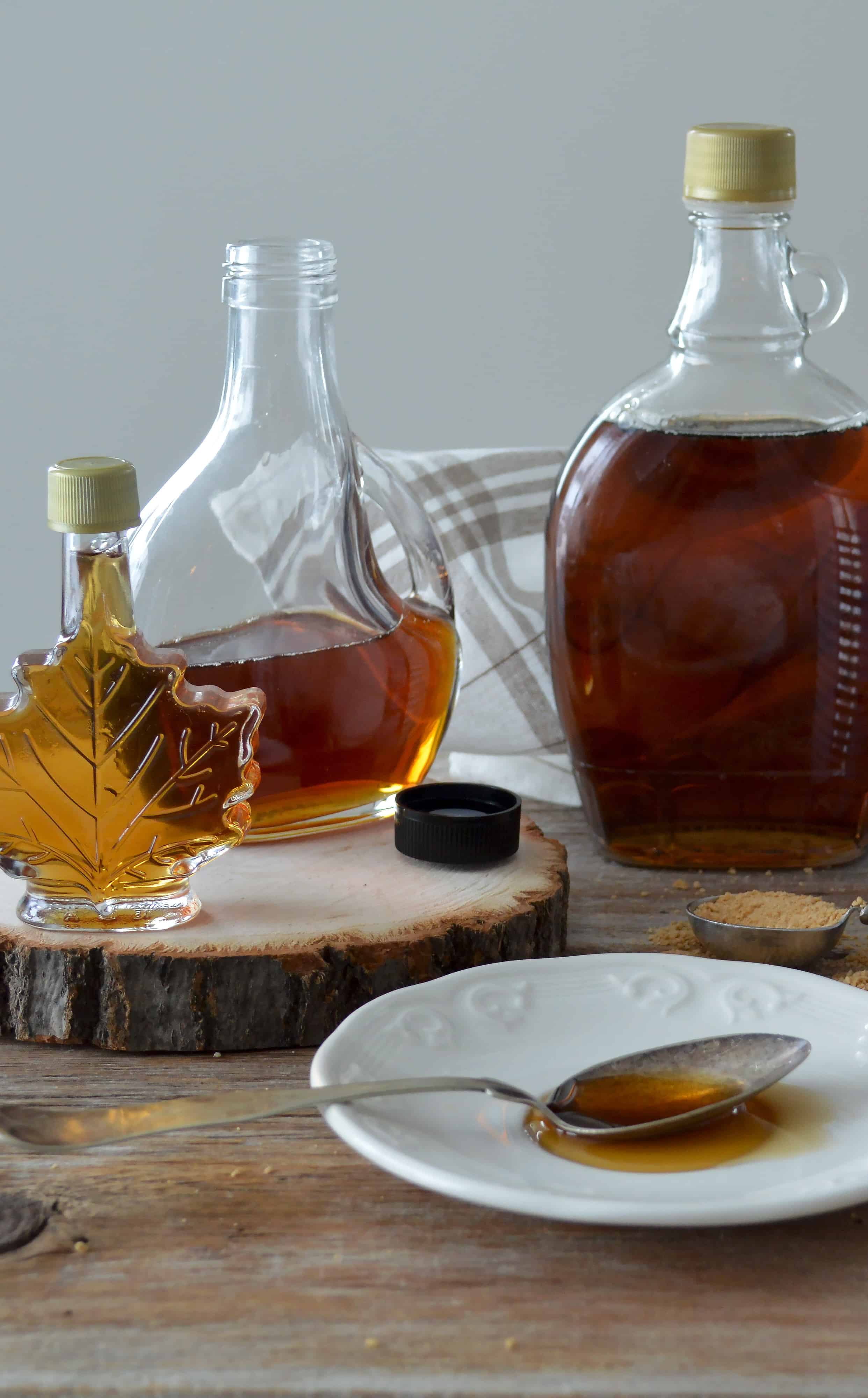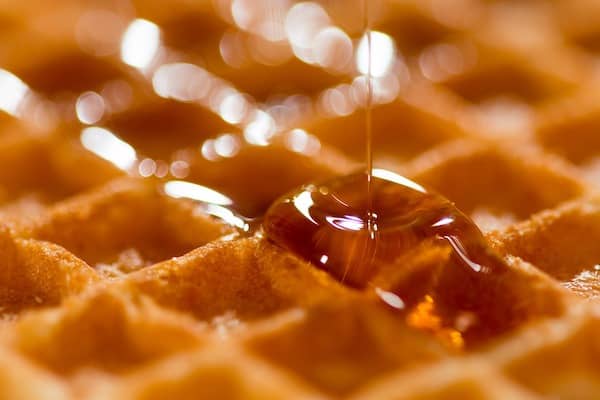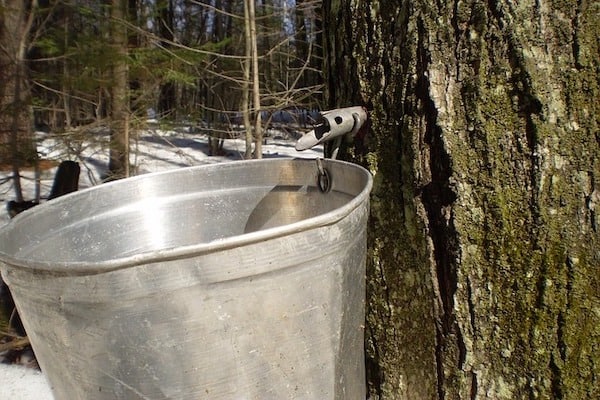CANADA
Please Pass the Syrup
By Jill Murphy
New Britain, CT, United States
Maple syrup is an emblem of Canadian identity. When people think about Canada, this gooey brown sweetness is often where their minds go. Loved by many, maple syrup has created a name for Canada. More than 60 countries each year import maple syrup from Canada, proving that the world cannot get enough of its taste.
From Tree to Table
Maple syrup is made from certain types of maple trees in the eastern part of Canada. They build up starch in their trunks during the winter. Once spring begins and the temperature starts rising, there’s a perfect window of warmer days and below-freezing nights. The tree converts starch into sugar and collects water from its roots.
The pressure that builds within the tree during the early spring days causes the sap to leak through any cuts in the bark. As the pressure starts to drop, the sap flow slows until it stops for the night. This process continues for six weeks, until a carefully regulated amount of sap has been harvested.
Maple sap contains about 97 percent water, plus minerals, organic acids and maple taste precursors. Heating the sap to remove the water content can be done in several ways. It takes about 40 liters of sap to make one liter of syrup. The trees on 2.5 acres of land can yield up to 250 liters of syrup.

A Sappy Ending
Once the syrup is collected and condensed, it is exported throughout the world. In 2024, more than 13,000 maple farms produced 19.9 million gallons of syrup.
Quebec accounts for 89 percent of Canada’s maple output, making it the most productive province. The United States is one of Canada’s biggest importers, consuming 62 percent of the maple syrup exported from Canada.
During the COVID-19 pandemic, demand for maple syrup surged while warm temperatures reduced supply, leading to a significant drawdown from the strategic reserve. In 2021, the Federation of Quebec Maple Syrup Producers released 22.7 million kilograms of syrup to stabilize the market.
By 2024, the maple syrup industry has bounced back by using strategies to handle climate change. Farmers now use new technologies like vacuum tubing and reverse osmosis to collect more sap. They also take care of the forests by cutting trees carefully and maintaining a mix of plants and animals.
These efforts ensure that maple syrup production can continue for years to come…so you get to have your (pan)cake and eat it, too!
Have a suggestion for this story? We’d love for you to submit it!


Blank
Blank
Math Resources
- How much sap will be required to make 19.9 million gallons of syrup? How many swimming pools could you fill with that amount of syrup?
- If the US consumes 62 percent of Canada’s exported maple syrup, how many gallons go to other countries? What is this amount in liters?
- How many liters of sap will it take to make 25 liters of syrup? What is this amount in gallons?
- If one tree produces an average of 42 liters of sap in a season, how many trees will it take to make 25 liters of syrup?
- If the US produces 5.9 million gallons of maple syrup from 17.1 million taps, how much syrup does each tap produce?
- If farmers sell their syrup for US$33 per gallon, what is the total revenue for maple syrup production in the entire country?
Social Justice Question
Quebec’s maple syrup output is controlled by a group that regulates how much syrup can be made and how much it costs. These rules are meant to keep the market stable, but small producers often struggle to keep up with bigger ones. What do you think could be the impact on small maple syrup producers, and what does this mean for fairness and opportunities in the industry?
Explore Further
- Facts about the maple syrup industry in Canada
- Data tables about maple syrup production
- How to make your own maple syrup
- Video about making syrup from one tree
- Audio report about what a tapping crew does
Share Your Story
Write your own Global Math Story and send it to us!
Sorry, the comment form is closed at this time.